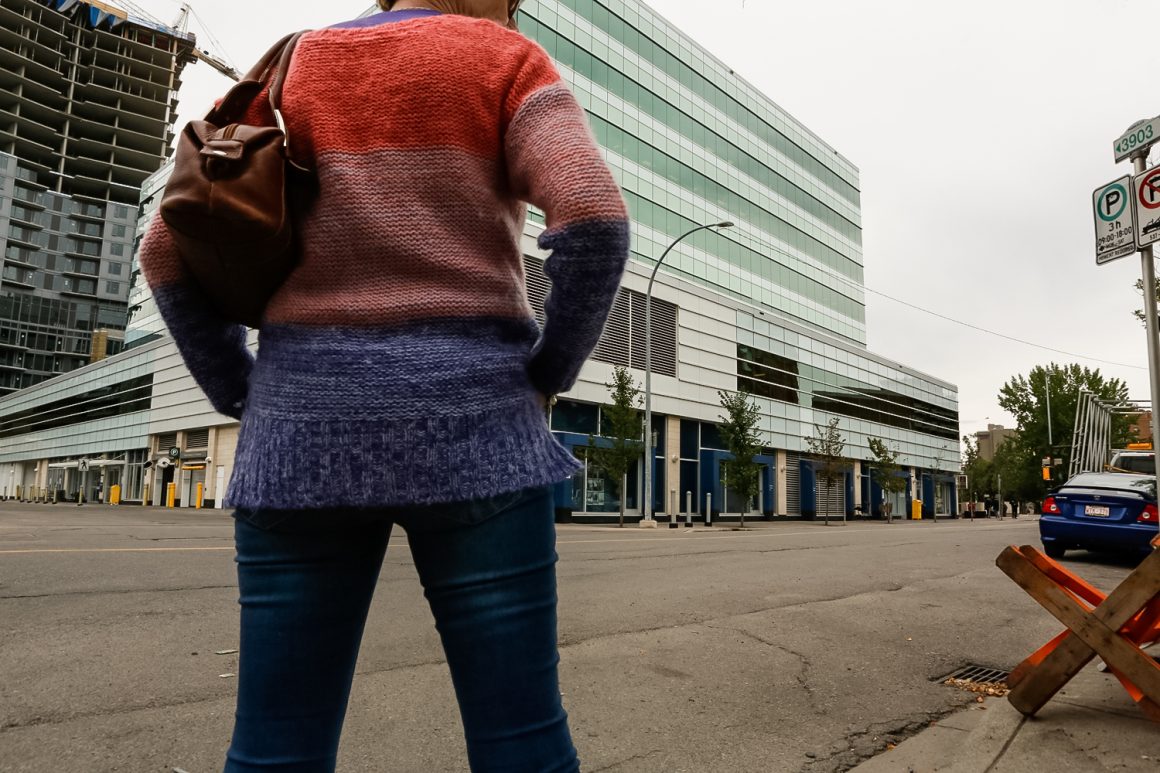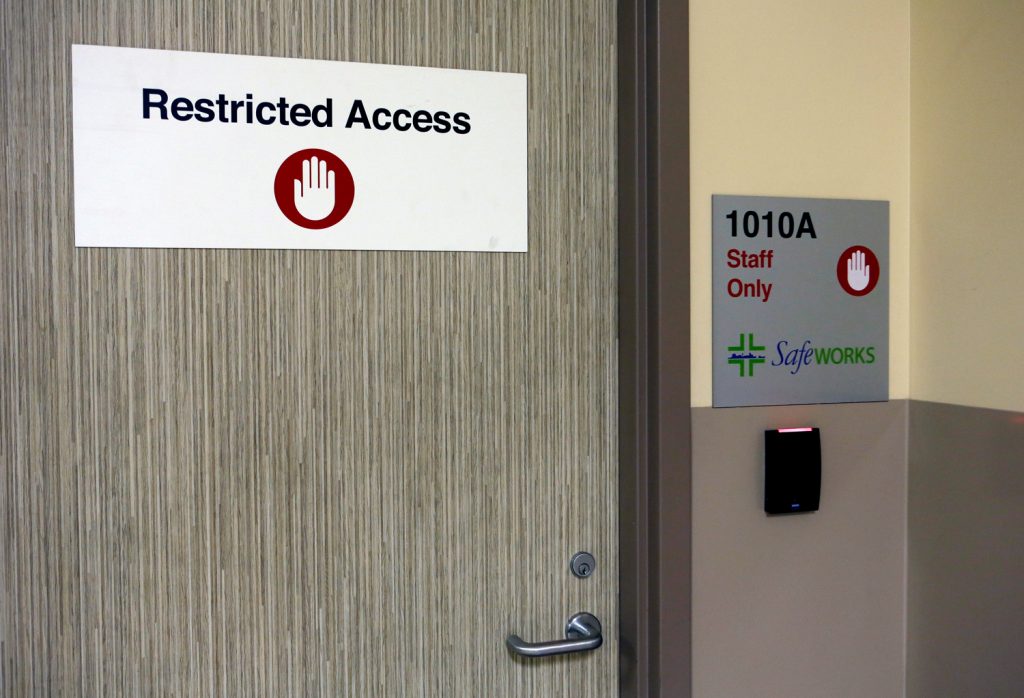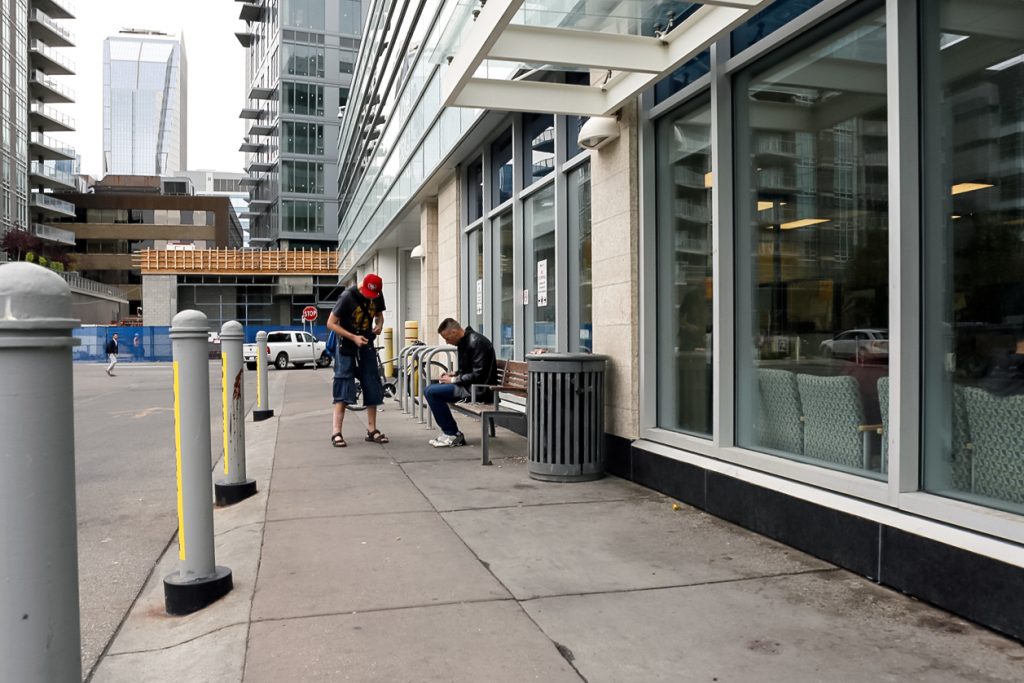
UCalgary study reveals economic value of supervised consumption sites
By Nikayla Goddard, August 3 2020—
An overdose that is treated at the Safeworks Supervised Consumption Services (SCS) at the Sheldon M. Chumir Health Centre as opposed to utilizing emergency medical services (EMS) generates approximately $1,600 in cost savings. This was the primary finding of Jennifer Jackson, assistant professor in the Faculty of Nursing, who led a research investigation into how cost-effective SCS are. The real answer lies in the 1,821 overdoses Safeworks staff have been able to respond to since operations began on Oct. 30, 2017 up until May 31, 2020, and from an economic standpoint, in the $2.3 million saved since the opening of the site.
“After the government review that was published earlier this year,” Jackson explained, “the current government has indicated that they are not very supportive of supervised consumption sites. They have a right to make policies if they wish and what I am hoping this study will do is provide evidence that these services are really cost effective.”
Jackson compared overdose rates and in-hospital treatment expenses for opioid overdoses using population-level data publicly available from the Calgary SCS and provincial data from 2017 to 2020, and defined overdose as the application of a medical intervention to a client who is not rousable, which may include administering oxygen or naloxone or calling EMS. From Oct. 30, 2017 to May 31, 2020, Safeworks SCS had 151,129 client visits. In May 2020, the site saw 527 unique individuals in 4117 visits.
While the Government of Alberta started a collection of community opinions for a SCS report in August, it focussed only on community impact and tended to focus on the negative aspects of SCS, including how to “minimize the adverse social and economic impacts of existing supervised consumption sites (SCS) on local neighbourhoods,” “help inform decisions around the establishment of future SCS and reduce the potential for negative social and economic impacts” and to help inform a provincial policy that outlines required criteria for provincial funding of SCS. Another report released in March that focussed on the problems with SCS, with findings that focussed on “needle debris, social disorder, public safety and other concerns,” with no mention of any pros of SCS or the major financial benefit to the province to keep them operating.
“Where that $1,600 comes from is if we had to call an ambulance, which is $385, and then have someone be treated in the emergency department and have the physician billing codes for overdose management,” Jackson said. “When we add those things together, it’s $1,622, and if anything, that is an underestimate because it doesn’t count people who may need to be admitted to hospital or may need more significant testing.”

Dr. Katrina Milaney is an associate professor in Community Rehabilitation and Disability Studies in the Cumming School of Medicine, and studies social and structural vulnerabilities, which she defines as “the ways in which people are made vulnerable, either by their individual circumstances or because of the systems and policies and programs that they’re trying to navigate that sometimes works for them, and sometimes makes things more difficult.” Milaney looks particular at where systems support or break down and their relations to the people using said systems, as well as the intersectionality of different systems, such as homeless people with substance abuse issues, mental health issues and/or domestic violence.
“Because I had done years of work in homelessness, I was approached by a community group called the Calgary Coalition for Supervised Consumption Services and they are 19 different organizations that came together to look at the issue of opioid and other types of overdose and current responses to overdose, substance use and harm reduction interventions and to build a case for developing and implementing supervised consumption clinic in Calgary.”
Milaney worked with the coalition for their research, including conducting community consultation, literature reviews and surveying 350 Calgarians, who would be potential users of a SCS as self-identified users of drugs. She asked about 100 questions that allowed the coalition to see patterns of use, what they use, physical and mental health, their experiences trying to access health care and other social services and what they would want to see in the SCS that was eventually developed at the Sheldon M. Chumir Health Centre.
“I think funding is precarious. The current provincial government has been very clear from the start that they do not support harm reduction intervention, that they are recovery-orientated. In my opinion, they have a bit of a limited understanding of the complexes of addiction and what we need to respond to addiction. In my opinion, supervised consumption sites are a part of a full continuum of supports that we need to have in place depending on where people are at with their addiction and the experiences that they’ve had accessing support up until this point.”
Jackson’s study “is a very important piece of evidence,” Milaney said. “My hope is that health authorities and decision makers in our provincial government pay very close attention to that. I am concerned that the funding that is in place now is at risk.

“One of the things that happen historically in a time like this is the first thing to be cut is programming for social services and often health care services. I am concerned that harm reduction is being looked at as a way to save money. But I do think that it is a very shortsighted approach.
“We know they save the government money, and we know they save lives. They are often a first point of entry for people who have been excluded from mainstream health care.”
Milaney cautions that readers of reports and media should be aware of the language that is being used in mainstream media regarding SCS and drug users.
“I think it’s very important for us to be thoughtful about what we call evidence and what we use to make decisions when people’s lives are at stake,” Milaney concluded.
In terms of what anyone, including students, can do to support supervised consumption sites, Jackson says “the most important thing that anyone can do, but especially for students, is to call your MLA and call Minister Shandro and tell them that you want to keep safe consumption sites because they save Alberta money. In addition, I think we’ve had a lot of increase around mental health awareness in the past few years, and that is fantastic, but I think we also need to have awareness around addiction and people who use drugs often have very complex histories and it’s important that people be approached with compassion rather than judgement.”
